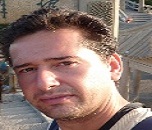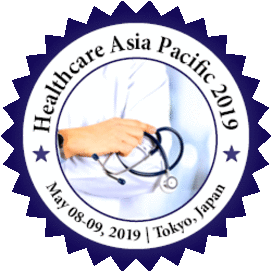
Pedro Jesus Jimenez Martin
Technical University of Madrid, Spain
Title: Advantages and disadvantages of static and dynamic postures of Qigong as a traditional and alternative complementary medicine
Biography
Biography: Pedro Jesus Jimenez Martin
Abstract
Qigong was officially adopted in China in 1949 under the influence of the communist party to designate a set of traditional physical health practices that goes back to China’s early history. Currently, it represents a generic term to designate a heterogeneous set of more than 5,000 activities with therapeutic, physical-sports, recreational, martial, religious, cultural, spiritual and even esoteric aims, each with its own objectives, methods and benefits for the practitioners. Qigong is commonly divided into static and dynamic forms. Static forms contain meditation techniques whereas dynamic forms afford bodily movements. The purpose of this presentation is to outline our opinion on the advantages and limitations of the postures, static or dynamic dimensions as a Traditional and Complementary Medicine (TCM). The ideas set out in this study are based on the practical experience in this area and have been complemented with the contents of different articles. Healthy people could obtain more health benefits from dynamic practices than from static practices and from standing positions than from sitting or lying positions. In the case of people with physical and/or cognitive limitations or who suffer from some illness, it is necessary to investigate what posture, practice time and combination of static and dynamic activity is the most suitable for their needs. The use of Qigong as a TCM raises the debate as to how to take advantage of these practices as a resource, not as an end in themselves and the need to take advantage of modern technological and scientific advances to verify the effectiveness of their approaches. Qigong needs to compare, select, adapt and modify the postures and techniques to make them accessible to people of any age, with physical or mental limitations or pathologies to take maximum advantage of its benefits.

